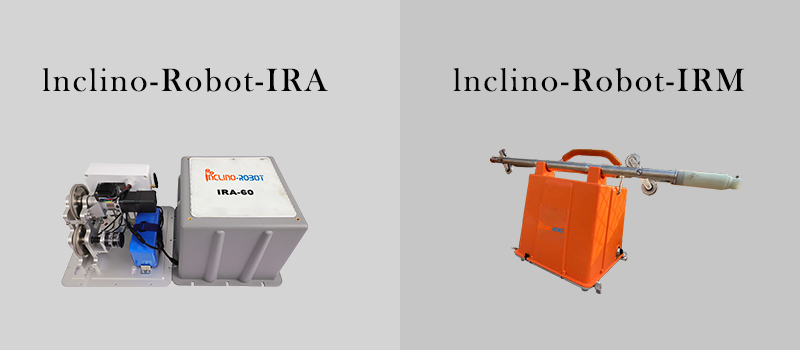Inclinometers play a crucial role in providing valuable engineering monitoring data for assessing the stability, safety, and performance of structures and surfaces in various industries and applications. While many are currently involved in or preparing to enter the monitoring industry, there remains considerable uncertainty among individuals regarding the definition, function, applications, and advantages of inclinometers. Today, the Inclino-Robot team is guiding everyone through a thorough exploration to help you understand inclinometers inside out.
In this article, all inclinmeters mentioned are geotechnical inclinometers. A geotechnical inclinometer is an equipment used to measure the magnitude of the inclination angle or deformation of any structure. They can be applied in a wide range of applications, including slope monitoring, tunnel monitoring, bridge monitoring, structural monitoring and other geotechnical monitoring.
Geotechnical Inclinometers come in various types and here we will discuss all the different models of inclinometers that we deals with, such as manual inclinometers, array displacement meters (flexible inclinometer) and Inclino-Robot introduced by GeoSitter https://www.geositter.com/ to the geotechnical instruments industry as a new generation of inclinometers applied to monitor slopes and deep excavations.
Inclino-Robot Includes two different types of inclinometers which are as follows in the form.

The inclinometer probes utilize two types of accelerometers:
These probes use force-balanced sensing elements to detect tilt deviations from a reference point. Each probe includes a pair of biaxial servo-accelerometers and is equipped with spring-loaded wheels to navigate the longitudinal grooves of the inclinometer casing.
Known as MEMS Inclinometers, these sensors employ Micro-Electro-Mechanical Systems (MEMS) technology, integrating mechanical components, sensors, actuators, and electronics on a silicon base using microfabrication techniques. By this method, both dynamic acceleration (i.e. shock or vibration) and static acceleration (i.e.inclination or rotation) can be sensed.
Signal conditioning within inclinometers processes the raw data to produce a straightforward output signal. This output, when used alongside a calibration sheet, allows for easy calculation of the amount of tilt that has occurred then produces accurate construction monitoring reports.
In addition to inclinometers, we also offer a variety of geotechnical monitoring devices, such as, high-precision intelligent groundwater level monitoring instruments, high-precision Beidou surface displacement monitors, high-precision rain gauge automatic monitoring systems, Three-axis acceleration sensors, smart vibration sensors, array displacement meters (flexible inclinometer)
We also introduce a construction monitoring software, developed by a professional technical team, which includes engineers with over 10 years of practical experience in fields such as geotechnical instruments, water conservancy, transportation, surveying, and the Internet of Things. It can accurately meet the application requirements of automated monitoring.
For a free test account of this construction monitoring system, please quickly contact us by the email info@geositter.com and phone number +8613868064820